Need help with potting mix for container roses.
dragoonsers
10 years ago
Related Stories

SPRING GARDENINGHow to Grow a Rose Garden in Pots
Everything can come up roses, even without a plot of soil in sight. This step-by-step guide to growing roses in containers shows you how
Full Story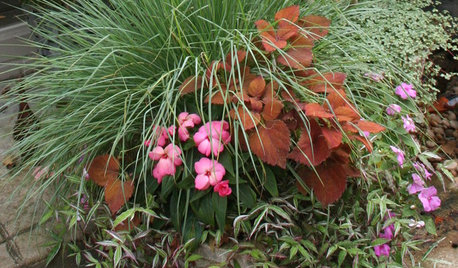
CONTAINER GARDENSContainer Garden Basics: Mix Textures to Catch the Eye
A mix of textures makes for potted gardens where each plant has a special role to play
Full Story
CONTAINER GARDENSContainer Gardening Basics: The Dirt on Soil
Learn the types of potting soil available and the best mixes to help your containers thrive
Full Story
FARM YOUR YARDHow to Grow Vegetables in Containers
Get glorious vegetables and fruits on your patio with a pro’s guidance — including his personal recipe for potting mix
Full Story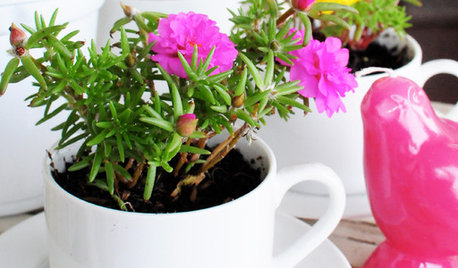
CONTAINER GARDENSDIY Project: Teacup Planter Pots
Add a riot of color to a windowsill, table or balcony by repurposing old cups and saucers as little planter pots
Full Story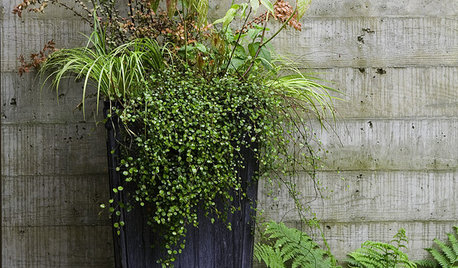
GARDENING GUIDESThe Secret Formula for Grouping Plants in a Pot
Designing a gorgeous container garden is easy once you know this simple rule of thumb for composition
Full Story
PLANTING IDEASStretch the Budget, Seasons and Style: Add Conifers to Your Containers
Small, low-maintenance conifers are a boon for mixed containers — and you can transplant them to your garden when they’ve outgrown the pot
Full Story
PETS6 Ways to Help Your Dog and Landscape Play Nicely Together
Keep your prized plantings intact and your dog happy too, with this wisdom from an expert gardener and dog guardian
Full Story
COLORPick-a-Paint Help: How to Quit Procrastinating on Color Choice
If you're up to your ears in paint chips but no further to pinning down a hue, our new 3-part series is for you
Full Story
COLORPick-a-Paint Help: How to Create a Whole-House Color Palette
Don't be daunted. With these strategies, building a cohesive palette for your entire home is less difficult than it seems
Full Story





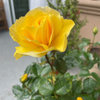

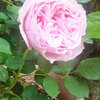
michaelg
seil zone 6b MI
Related Professionals
Londonderry Landscape Architects & Landscape Designers · Camas Landscape Architects & Landscape Designers · Cary Landscape Architects & Landscape Designers · Forest Park Landscape Architects & Landscape Designers · Rossville Landscape Architects & Landscape Designers · Roxbury Crossing Landscape Architects & Landscape Designers · Braintree Landscape Contractors · Dudley Landscape Contractors · Gloucester Landscape Contractors · Louisville Landscape Contractors · New Cassel Landscape Contractors · Palm Beach Gardens Landscape Contractors · Tinton Falls Landscape Contractors · Wentzville Landscape Contractors · Weymouth Landscape Contractorskstrong
michaelg
jim1961 / Central Pennsylvania / Zone 6
dragoonsersOriginal Author
kstrong
alameda/zone 8/East Texas
michaelg
kittymoonbeam
michaelg
dragoonsersOriginal Author
michaelg